Entertainment
The rise and fall of Vang Vieng, Laos’ notorious party town

Once notorious as a debauched riverside party town, Vang Vieng had cleaned up its act in recent years, but is now in the headlines for all the wrong reasons once again.
“Just make sure you push yourself off the end when you reach the bottom of the slide. We had someone die on those rocks down there last week.”
It was 2010, and for the young me – teenaged, inebriated and on my first ever backpacking trip through Southeast Asia – health and safety were far from the top of the agenda.
Nevertheless, I heeded the advice offered by the dreadlocked Australian bartender, and, as I reached the end of the tiled slide, gave myself an almighty push into the air above the Nam Song River, throwing out a warning yell to alert the revellers in the water below of my clumsily impending cannonball.
Vang Vieng, a town of around 25,000 people on the banks of the Nam Song River in central Laos, has for decades been a firm fixture on the so-called “Banana Pancake Trail” – the backpacker path through Southeast Asia named for the go-to breakfast at so many guesthouses and cafes along the route. Once notoriously known as a debauched riverside party town, Vang Vieng had cleaned up its act in recent years, but it is now in the headlines for all the wrong reasons once again, with a number of foreign tourists having died after ingesting drinks laced with methanol.
Vang Vieng became famous as a party destination in the late 1990s for its plentiful backpacker hostels and wooden riverside bars stocked with cheap Beerlao and lao-lao, the local rice whisky often sold with a whole snake or scorpion infusing in the bottle – the intermingling of the venom and the alcohol believed to bestow medicinal benefits to the drinker.
Back then, the iconic mode of tourist transport in Vang Vieng, known simply as “tubing”, involved travellers floating downriver on the inflated inner tube of a tractor tyre, disembarking at the riverside bars to play drinking games – beer pong was a particular favourite – and throwing themselves off ramshackle rope swings and slides overhanging the river. The tubing practice supposedly originated in 1999 with a local farmer, Thanongsi Sorangkoun, who lent the inner tubes to his workers to allow them to unwind on the river. It quickly developed into just as big a fixture on the itinerary of many backpackers as the notorious Full Moon parties of Thailand’s Koh Pha Ngan.
By the time of my visit in the early 2010s, Vang Vieng was a place of loose morals, light policing and Wild West tourism. Besides the riverine activities, the town was famous for its “happy bars” where blissed-out, red-eyed Westerners would sit before untouched plates of food, gazing up at televisions playing endless re-runs of Friends and Family Guy. Sit down in one of these establishments and open the menu, and, alongside the usual backpacker fare of pizzas, noodles, burgers and fried rice, you would find a veritable pharmacopeia: pre-rolled spliffs, mushroom pizzas, mushroom shakes – mushroom everything.
Needless to say, the combination of a shallow river, sharp rocks and unregulated rope swings, combined with the cheap availability of alcohol and psychedelic drugs, proved dangerous. In 2011, the town’s hospital recorded 27 deaths due to drowning or suffering serious trauma against the river’s rocks; that figure did not include patients taken directly to Vientiane, Laos’ capital, which is two hours away by road. The same evening as my adventures on the “death slide”, as it was known locally, I had to help take a fellow tourist to the hospital after she shattered her ankle falling into the river. As a group of us helped her up the riverbank towards the nearest road, an ambulance could reach, we passed through a forest ablaze with fireflies – a reminder that, for all the madness, natural beauty cannot help but intrude in Vang Vieng.
Entertainment
Trapped in the dark for 35 hours – Red Sea dive-boat survivors tell of terrifying escapes
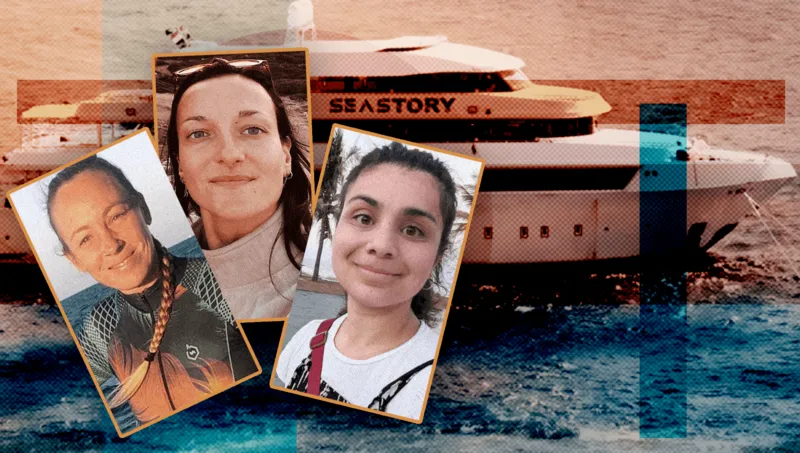
“By the end, I was just wondering how I would prefer to die.”
Spending 35 hours trapped in a pitch-black air pocket in the upturned hull of a boat has taken its toll on Lucianna Galetta, her voice cracking as she recounts her ordeal.
A video she managed to film briefly using the light on her phone, now shared with the BBC, shows the space where she thought her life might end – and how surging sea water and floating debris prevented her escape
Entertainment
Buy something or leave, Starbucks says
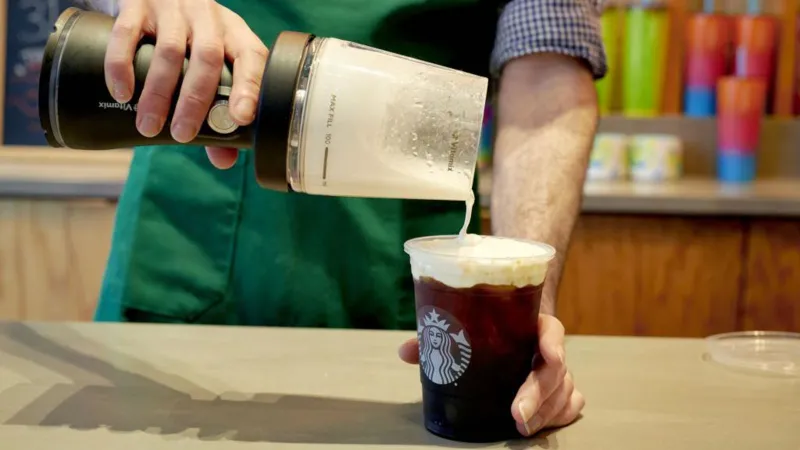
Starbucks says it is reversing rules for its cafes in North America that allowed people to use their facilities even if they had not bought anything.
The changes, which are set to come into force from 27 January, are a U-turn from a policy introduced six years ago that allowed people to linger in Starbucks outlets and use their toilets without making a purchase.
The move is part of the “back to Starbucks” strategy – a plan announced by the firm’s new boss as he tries to tackle flagging sales.
The world’s biggest coffee chain says its new code of conduct – which also addresses harassment and bans smoking and outside alcohol – aims to make its stores more welcoming.
“Implementing a Coffeehouse Code of Conduct… is a practical step that helps us prioritise our paying customers who want to sit and enjoy our cafes”, a Starbucks spokesperson told BBC News.
“These updates are part of a broader set of changes we are making to enhance the cafe experience as we work to get back to Starbucks.”
The company said the new rules will be displayed at every store and staff will be instructed to ask anyone who violates the code of conduct to leave. That includes allowing employees to call the police when necessary.
In 2018, Starbucks decided to allow free access to its coffee shops and toilets after the controversial arrest of two men at one of its Philadelphia cafes.
Other changes set to be introduced later this month include offering one free refill of hot or iced coffee for customers who buy a drink to consume on the premises.
Starbucks has been trying to boost flagging sales as it grappled with a backlash to price increases and boycotts sparked by the Israel-Gaza war.
Brian Niccol, who previously headed the Mexican food chain Chipotle, was brought into Starbucks last year to help turn the business around.
Mr Niccol has been trying to improve the customer experience at Starbucks’ cafes by revamping its menus and coffee shops.
Starbucks said the policy change only applied to North America and not its UK stores.
However, it has not yet responded to requests for comment on the details of its UK policy.
Entertainment
A Turkish film and TV star’s guide to Antalya, Turkey
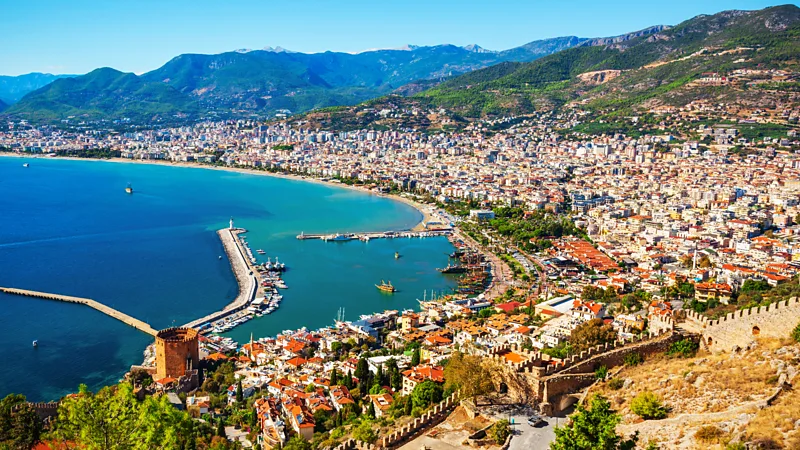
Actor Ekin Koç called seaside Antalya home before conquering the world of Turkish film. Here are his picks, from hiking the Lycian Road to catching a concert at the Aspendos Theatre.
Though its name may be less familiar to overseas travellers than Istanbul, the Turkish resort city of Antalya is no stranger to visitors. Founded by the Ancient Greeks as Attalia in the 2nd Century BCE, Antalya has since been occupied by the Romans, the Seljuk Sultanate and the Ottomans; even withstanding a brief Italian occupation after World War One before Turkey claimed independence. Today, Antalya – the crowning jewel of the Turkish Riviera and, along with Istanbul, one of the world’s most visited cities in 2023 – attracts both families and A-list celebrities with its 2,000-year-old Old Town and stunning turquoise waters.
Sometimes, the celebrity strolling Antalya’s spectacular seashore is actually a native. We caught up with Antalya-born film star Ekin Koç (best known to English-speaking audiences as Turkish business advisor Kadir in HBO’s Succession) to get his take on his beautiful hometown, studded by the Taurus mountains and cradled by the Mediterranean sea.
“If you’re from Antalya, you have a special connection with the sea,” says Koç. “The sea is everywhere. We eat from the sea, we swim, we sit next to the sea. I’ve always loved being in connection with the sea.”
-
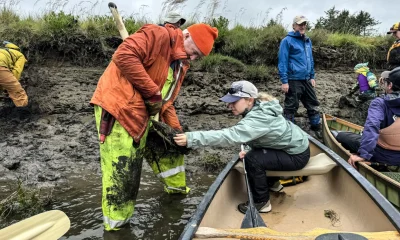
 Entertainment6 months ago
Entertainment6 months agoEarthquake scientists are learning warning signs of ‘The Big One.’ When should they tell the public?
-

 International6 months ago
International6 months agoTarar accuses Imran Khan of conspiring with Faiz Hameed to destabilise Pakistan
-

 International4 months ago
International4 months agoPTI Announces Not to Boycott New Committees
-
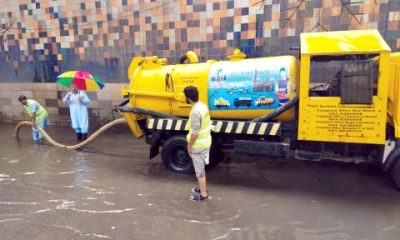
 Business4 months ago
Business4 months agoMajor Corruption Scandal Uncovered at WASA Multan: Rs1.5 Billion Embezzlement Exposed
-

 Business6 months ago
Business6 months agoThe Impact of QR Codes on Traditional Advertising
-

 Business3 months ago
Business3 months agoHigh Court Blocks MDCAT Merit List Amid Controversy Over Exam Error
-
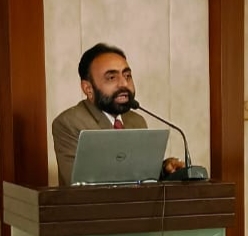
 Business6 months ago
Business6 months agoThe Benefits and Problems of International Trade in the Context of Global Crisis
-

 Business5 months ago
Business5 months agoFraud by Pakistani Firm Sparks Outrage in Business Community; Concerns Rise Over International Investment






